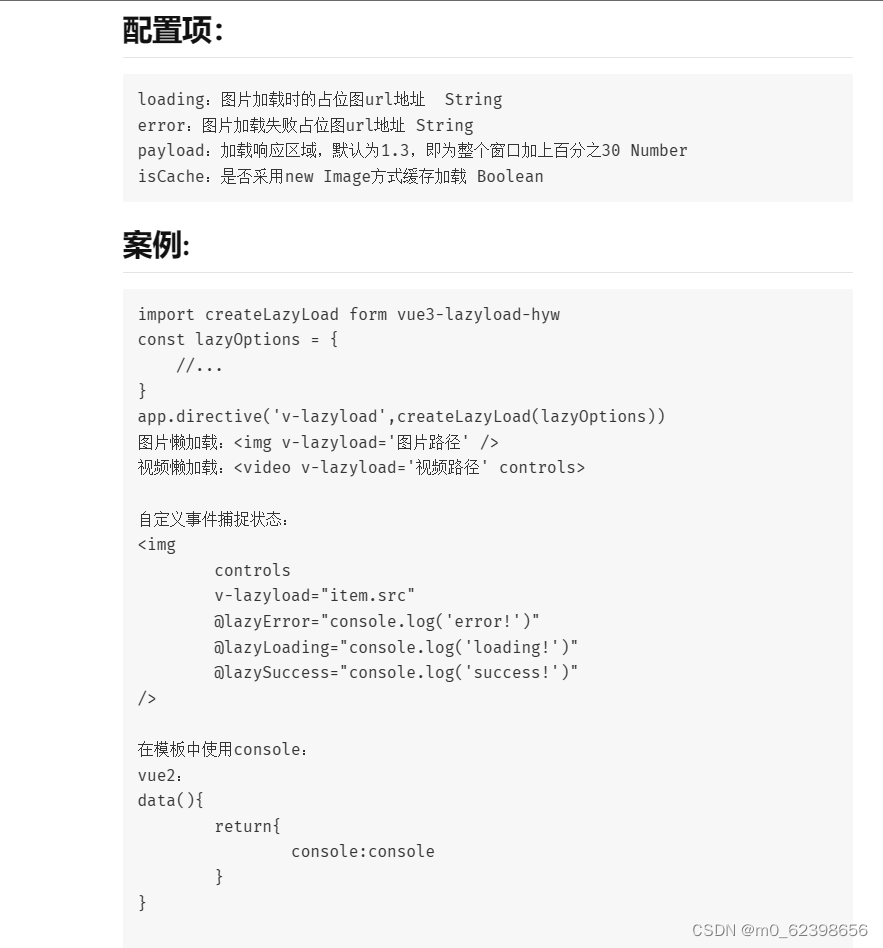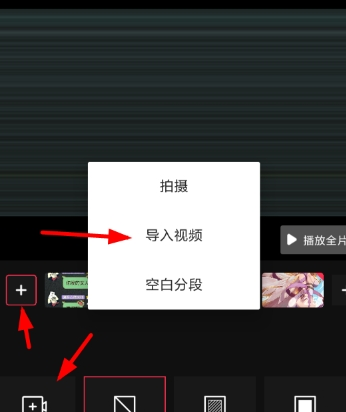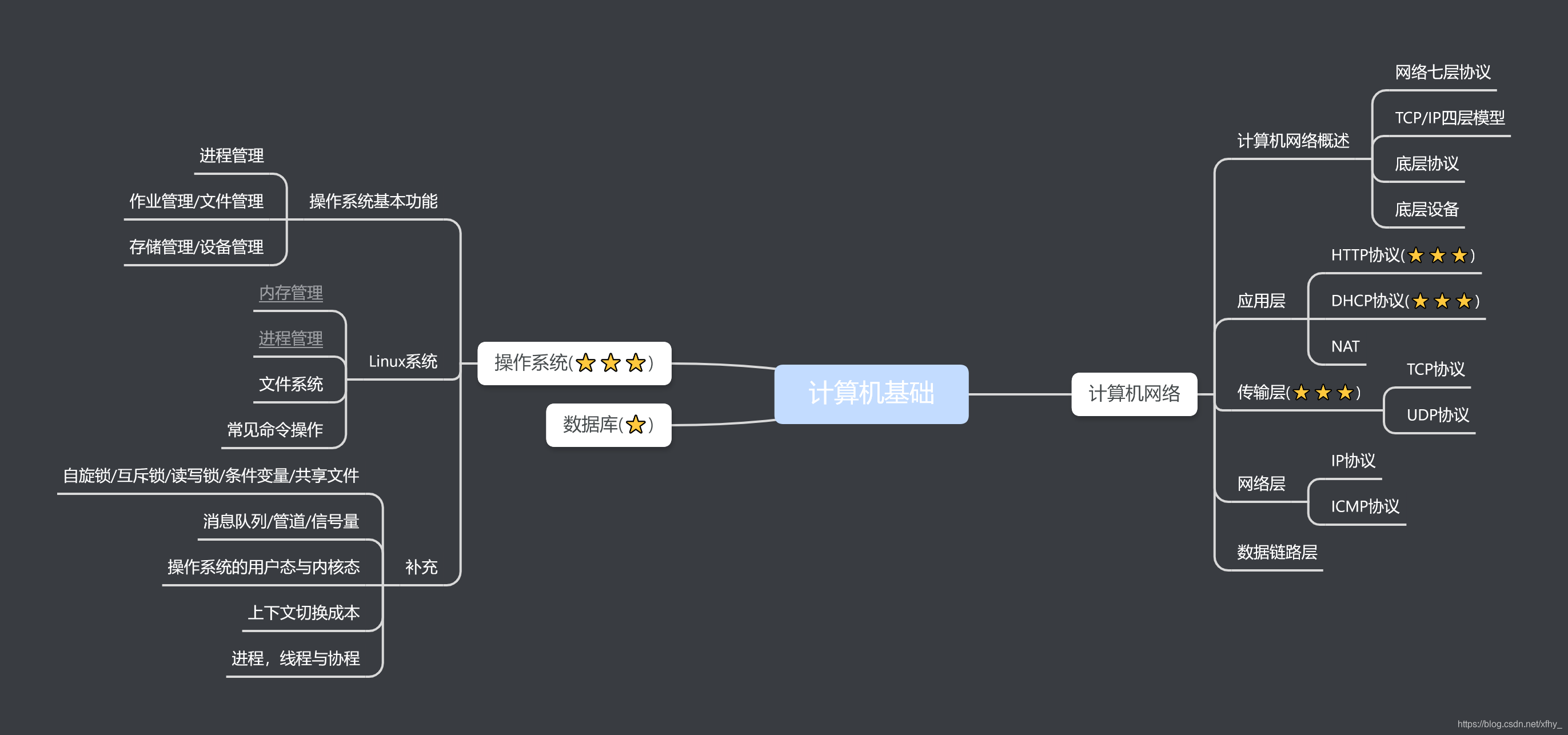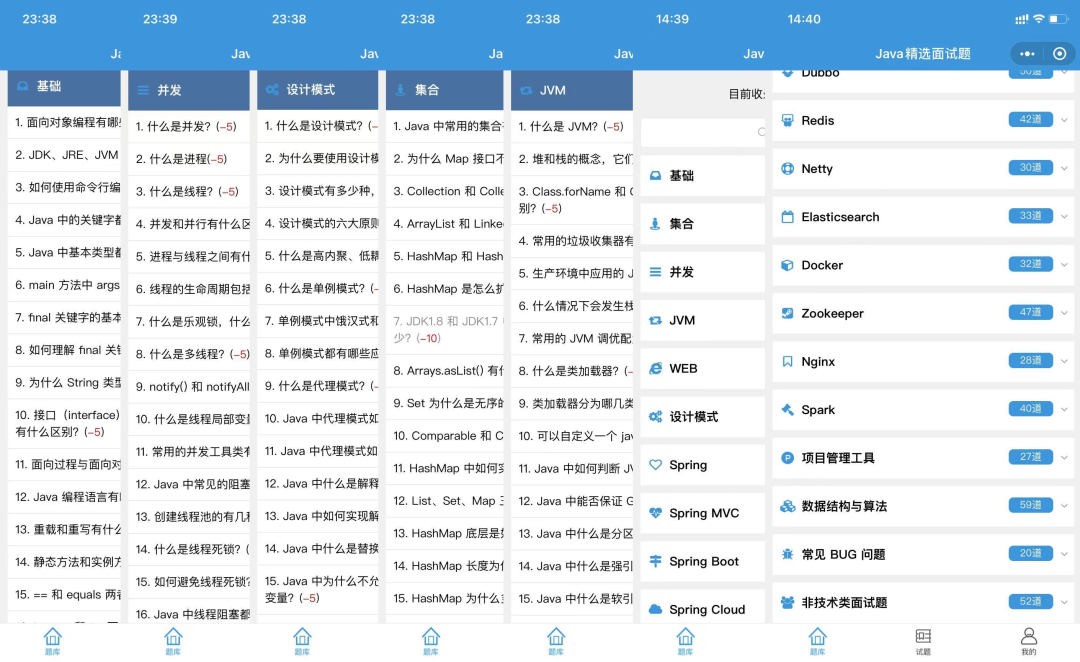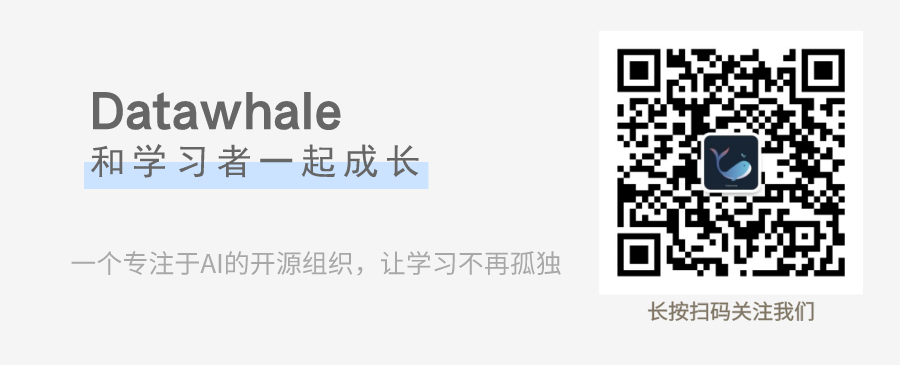视频链接:尚硅谷Vue2.0+Vue3.0全套教程丨vuejs从入门到精通_哔哩哔哩_bilibili
P1-50:尚硅谷Vue2.0+Vue3.0全套教程视频笔记 + 代码 [P001-050]_小白桶子的博客-CSDN博客
P51-100:尚硅谷Vue2.0+Vue3.0全套教程视频笔记 + 代码 [P051-100]_小白桶子的博客-CSDN博客
P101-135:当前页面。
P101-110:
- P101 - vue-resource
课堂笔记:
(1)安装指令:npm i vue-resource
(2)这个库官方已不维护,转交的团队维护频率低,仅当了解,最好还是使用axios。
- P102 - 默认插槽
(总结在P104)本节部分代码:
App.vue页面:
<template><div class="container"><Category title="美食"><img src="https://s3.ax1x.com/2021/01/16/srJlq0.jpg" alt=""/></Category><Category title="游戏"><ul><li v-for="(g,index) in games" :key="index">{{g}}</li></ul></Category><Category title="电影"><video controls src="http://clips.vorwaerts-gmbh.de/big_buck_bunny.mp4"></video></Category></div>
</template><script>
import Category from './components/Category.vue';
export default {name: "App",components: { Category },data() {return {foods:['火锅','烧烤','小龙虾','牛排'],games:['红色警戒','穿越火线','劲舞团','超级玛丽'],films:['《教父》','《拆弹专家》','《你好,李焕英》','《尚硅谷》']}},
}
</script><style>
.container{display: flex;justify-content: space-around;
}
img{width: 100%;
}
video{width: 100%;
}
</style>Category.vue页面:
<template><div class="category"><h3>{{title}}分类</h3><!-- 定义一个插槽(挖个坑,等着组件的使用者进行填充) --><slot>我是一个默认值,当使用者没有传递具体结构时,我会出现</slot><!-- --></div>
</template><script>
export default {name:'Category',props:['title']
}
</script><style scoped>
.category{background-color: skyblue;width: 200px;height: 300px;
}
h3{text-align: center;background-color: orange;
}</style>- P103 - 具名插槽
(总结在P104)本节部分代码:
App.vue页面:
<template><div class="container"><Category title="美食"><img slot="center" src="https://s3.ax1x.com/2021/01/16/srJlq0.jpg" alt=""/><a slot="footer" href="http://www.atguigu.com">更多美食</a></Category><Category title="游戏"><ul slot="center"><li v-for="(g,index) in games" :key="index">{{g}}</li></ul><div class="foot" slot="footer"><a href="http://www.atguigu.com">单机游戏</a><a href="http://www.atguigu.com">网络游戏</a></div></Category><Category title="电影"><video slot="center" controls src="http://clips.vorwaerts-gmbh.de/big_buck_bunny.mp4"></video><template v-slot:footer><div class="foot"><a href="http://www.atguigu.com">经典</a><a href="http://www.atguigu.com">热门</a><a href="http://www.atguigu.com">推荐</a></div><h4>欢迎前来观影</h4></template></Category></div>
</template><script>
import Category from './components/Category.vue';
export default {name: "App",components: { Category },data() {return {foods:['火锅','烧烤','小龙虾','牛排'],games:['红色警戒','穿越火线','劲舞团','超级玛丽'],films:['《教父》','《拆弹专家》','《你好,李焕英》','《尚硅谷》']}},
}
</script><style>
.container,.foot{display: flex;justify-content: space-around;
}
img{width: 100%;
}
video{width: 100%;
}
h4{text-align: center;
}
</style>Category.vue页面:
<template><div class="category"><h3>{{title}}分类</h3><!-- 定义一个插槽(挖个坑,等着组件的使用者进行填充) --><slot name="center">我是一个默认值,当使用者没有传递具体结构时,我会出现1</slot><slot name="footer">我是一个默认值,当使用者没有传递具体结构时,我会出现2</slot></div>
</template><script>
export default {name:'Category',props:['title']
}
</script><style scoped>
.category{background-color: skyblue;width: 200px;height: 300px;
}
h3{text-align: center;background-color: orange;
}</style>- P104 - 作用域插槽
老师总结:
插槽:
1.作用:让父组件可以向子组件指定位置插入html结构,也是一种组件间通信的方式,适用于 父组件 ===>子组件。
2.分类:默认插槽、具名插槽、作用域插槽。
3.使用方式:
(1)默认插槽:
父组件中:<Category><div>html结构1</div></Category>
子组件中:<template><div><!-- 定义插槽 --><slot>插槽默认内容...</slot></div></template>(2)具名插槽:
父组件中:<Category><template slot="footer"><div>html结构1</div></template></Category><Category><template v-slot:footer><div>html结构2</div></template></Category>
子组件中:<template><div><!-- 定义插槽 --><slot name="center">插槽默认内容...</slot><slot name="footer">插槽默认内容...</slot></div></template>(3)作用域插槽:
①理解:数据在组件的自身,但根据数据生成的结构需要组件的使用者来决定。(games数据在Category组件中,但使用数据所遍历出来的结构由App组件决定)
②具体编码:
父组件中:<Category><template scope="scopeData"><!-- 生成的是ul列表 --><ul><li v-for="g in scopeData.games" :key="g">{{g}}</li></ul></template></Category><Category><template scope="{games}"><!-- 生成的是ul列表 --><h4 v-for="g in games" :key="g">{{g}}</h4></template></Category>
子组件中:<template><div><slot :games="games"></slot></div></template><script>export default {name:'Category',//数据在子组件自身data() {return {games:['红色警戒','穿越火线','劲舞团','超级玛丽'],}},}</script>本节部分代码:
App.vue页面:
<template><div class="container"><Category title="游戏"><template scope="atguigu"><ul><li v-for="(g,index) in atguigu.games" :key="index">{{g}}</li></ul></template></Category><Category title="游戏"><template scope="{games}"><ol><li v-for="(g,index) in games" :key="index">{{g}}</li></ol></template></Category><Category title="游戏"><template scope="{games}"><h4 v-for="(g,index) in games" :key="index">{{g}}</h4></template></Category></div>
</template><script>
import Category from './components/Category.vue';
export default {name: "App",components: { Category }
}
</script><style>
.container,.foot{display: flex;justify-content: space-around;
}
img{width: 100%;
}
video{width: 100%;
}
h4{text-align: center;
}
</style>Category.vue页面:
<template><div class="category"><h3>{{title}}分类</h3><slot :games="games">我是默认的一些内容</slot></div>
</template><script>
export default {name:'Category',props:['title'],data() {return {games:['红色警戒','穿越火线','劲舞团','超级玛丽'],}},
}
</script><style scoped>
.category{background-color: skyblue;width: 200px;height: 300px;
}
h3{text-align: center;background-color: orange;
}</style>- P105 - Vuex简介
课堂笔记:
(1)老师的课件图:
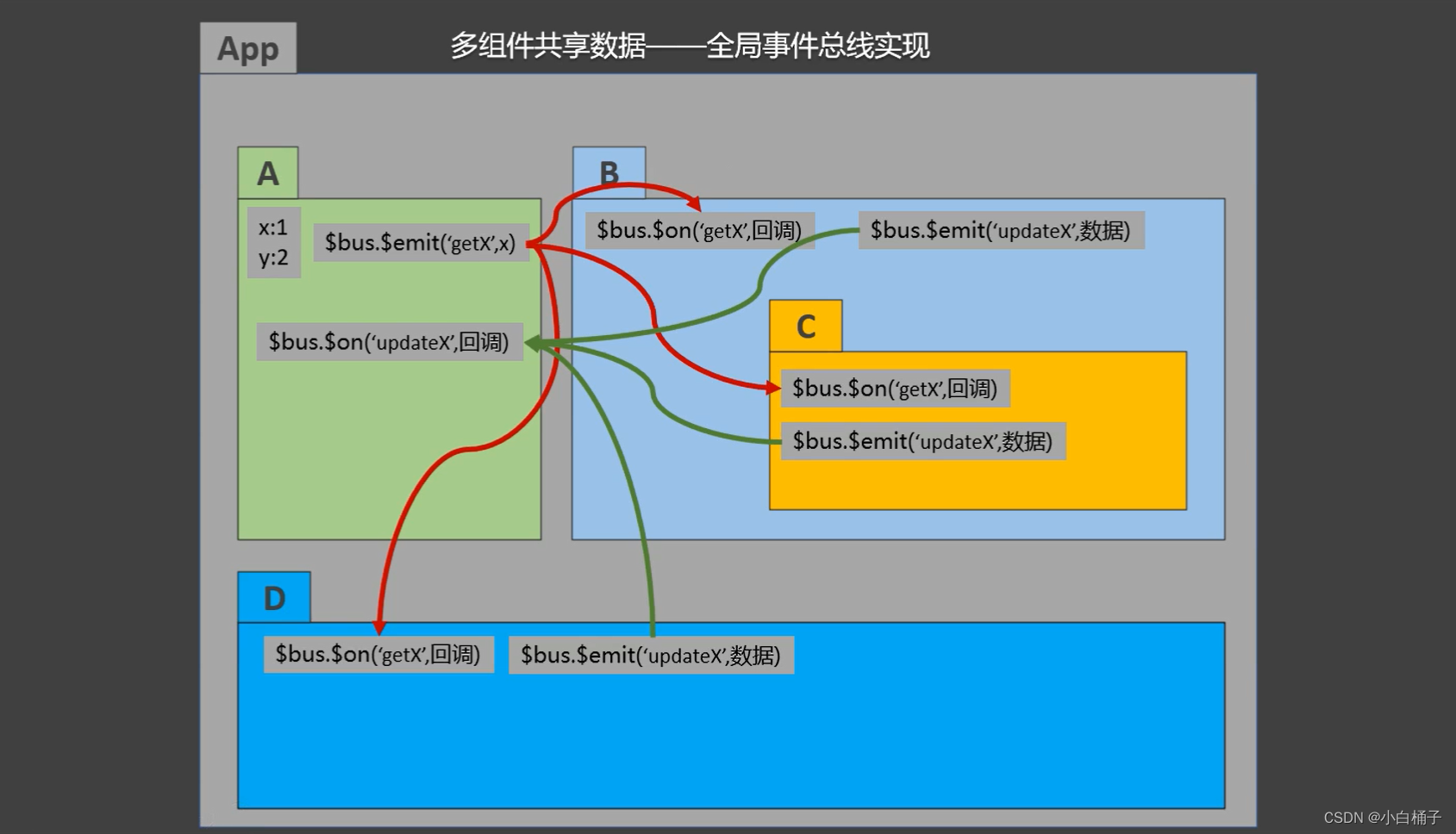
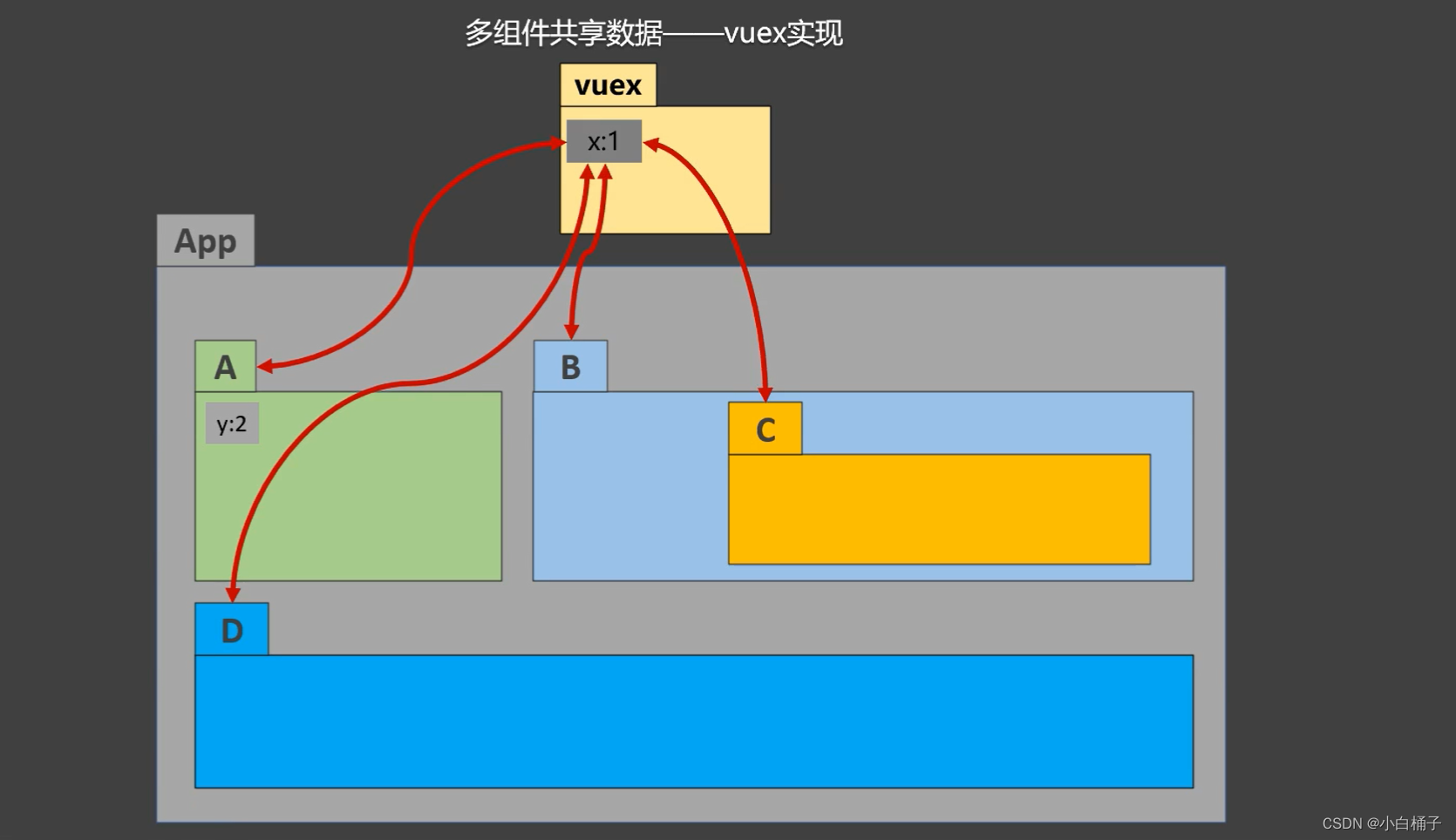
老师总结:
vuex是什么:
1.概念:专门在Vue中实现集中式状态(数据)管理的一个Vue插件,对Vue应用中对各组件的共享状态进行集中式的管理(读/写),也是一种组件间通信的方式,且适用于任意组件间通信。
2.Github地址:GitHub - vuejs/vuex: 🗃️ Centralized State Management for Vue.js.
什么时候用Vuex:
1.多个组件依赖于同一状态
2.来自不同组件的行为需要变更同一状态
- P106 - 求和案例_纯vue版
课堂笔记:
(1)关于select的option值问题:
为什么value前面加冒号有效?不加就是字符串。加上冒号之后,引号里的内容都会当成JS表达式去分析,就变成了数字。
最好的做法还是在v-model中加number修饰符。但是上面那个方法也要清楚。
本节部分代码:
Count.vue页面:
<template><div><h1>当前求和为:{{sum}}</h1><select v-model.number="n"><option value="1">1</option><option value="2">2</option><option value="3">3</option></select><button @click="increment">+</button><button @click="decrement">-</button><button @click="incrementOdd">当前求和为奇数再加</button><button @click="incrementWait">等一等再加</button></div>
</template><script>
export default {name:'Count',data() {return {n:1, //用户选择的数字sum:0 //当前的和}},methods: {increment(){this.sum += this.n},decrement(){this.sum -= this.n},incrementOdd(){if(this.sum % 2){this.sum += this.n}},incrementWait(){setTimeout(() => {this.sum += this.n}, 500);}},
}
</script><style scoped>
button{margin-left: 5px;
}</style>- P107 - Vuex工作原理图
课堂笔记:
(1)图:
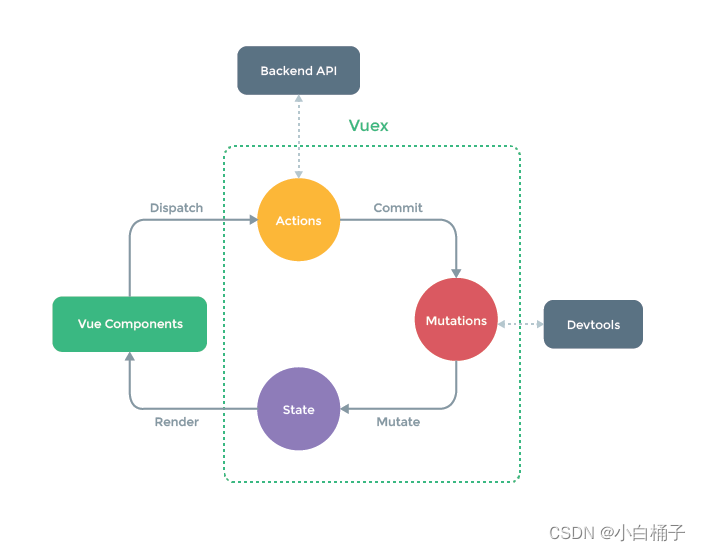
(2)图总流程简述:
①State:把数据交给Vuex其实就是把数据交给Vuex中的state。这个state的本质就是Object对象(本节的例子是{ ... sum:0 })。
②Vue Components:把数据递给Vue组件。在组件中调用API,为dispatch。
dispatch在调用的时候需要传两个参数,分别是动作类型和值(如dispatch( 'jia',2 ))。
③Actions:本质也是一个Object对象。
在调用了dispatch之后,Actions里面一定会有一个key,和该动作对应(如{ ... jia:function })。
这个函数一旦被调用,就会收到dispatch传的值(如2)。
在这个对应的函数中,自己调用commit(如commit( 'jia',2 ))。提交后继续往下走。
④Mutations:数据类型也是一个Object对象。
其中也会有很多key value,但是肯定会有之前传入的动作(如{ ... jia:function })。
这个函数会拿到两个东西,一个是整个state,还有一个是传过来的值(如2)。只要函数中写了“ state.sum += 2 ”,那么Mutate就会自动执行。
⑤再到State:最后State中的值变了(如{ ... sum:2})。通过Render重新渲染传给组件。
(3)图其它解析:
①为什么需要Actions,而不是直接传给Mutations来Mutate?
Actions对接Backend API(后端接口),它是用来执行异步操作的。
②如果已经有了数据的话,官方是允许Vue Components直接Commit给Mutations的。
③Devtools是vuex官方开发的浏览器插件。
④图中没画出来的是,Vuex中的Actions、Mutations、State都需要经过store管理。dispatch、commit都是由store提供的。
(4)老师的比喻,助理解:
Vue Components是客人,Actions是服务员,Mutations是后厨团队,State就是最终上的菜。
客人张嘴说话就是dispatch,客人点单蛋炒饭一份,就相当于dispatch( 'jia',2 )。
服务员收到后,将具体的单交给后厨团队就是commit。
后厨收到菜单后做菜就是Mutate。
最后做出菜Statue,给客人上菜。
如果客人跟后厨很熟(不需要服务员的菜单Backend API调用数据),也可以直接跳过服务员Actions,跟后厨讲一下,上菜就好了。
- P108 - 搭建Vuex环境
课堂笔记:
(1)Vuex安装指令:npm i vuex@3
(如果直接npm i vuex,那么安装的是vuex4,只能在Vue3中使用)
老师总结:
搭建vuex环境
1.创建文件:src/store/index.js
// 引入Vue核心库
import Vue from 'vue'
// 引入Vuex
import Vuex from 'vuex'
// 应用Vuex插件
Vue.use(Vuex)// 准备actions对象——用于响应组件中的动作
const actions = {}
// 准备mutations对象——用于操作数据(state)
const mutations = {}
// 准备state对象——用于存储数据
const state = {}// 创建并暴露store
export default new Vuex.Store({actions,mutations,state
})2.在main.js中创建vm时传入store配置项
......
// 引入store
import store from './store'
......// 创建vm
new Vue({el:'#app',render: h => h(App),store
})- P109 - 求和案例_vuex版
无
本节部分代码:
store.js页面:
// 该文件用于创建Vuex中最为核心的store
// 引入Vue
import Vue from 'vue'
// 引入Vuex
import Vuex from 'vuex'
// 应用Vuex插件
Vue.use(Vuex)// 准备actions——用于响应组件中的动作
const actions = {/* jia(context,value){// console.log('actions中的jia被调用了',context,value)context.commit('JIA',value)},jian(context,value){// console.log('actions中的jian被调用了',context,value)context.commit('JIAN',value)}, */jiaOdd(context,value){if(context.state.sum % 2){context.commit('JIA',value)}},jiaWait(context,value){setTimeout(() =>{context.commit('JIA',value)},500)},
}
// 准备mutations——用于操作数据(state)
const mutations = {JIA(state,value){// console.log('mutations中的JIA被调用了',state,value)state.sum += value},JIAN(state,value){// console.log('mutations中的JIAN被调用了',state,value)state.sum -= value}}
// 准备state——用于存储数据
const state = {sum:0 //当前的和
}// 创建并暴露store
export default new Vuex.Store({actions,mutations,state
})
Count.vue页面:
<template><div><h1>当前求和为:{{$store.state.sum}}</h1><select v-model.number="n"><option value="1">1</option><option value="2">2</option><option value="3">3</option></select><button @click="increment">+</button><button @click="decrement">-</button><button @click="incrementOdd">当前求和为奇数再加</button><button @click="incrementWait">等一等再加</button></div>
</template><script>
export default {name:'Count',data() {return {n:1, //用户选择的数字}},methods: {increment(){this.$store.commit('JIA',this.n)},decrement(){this.$store.commit('JIAN',this.n)},incrementOdd(){this.$store.dispatch('jiaOdd',this.n)},incrementWait(){setTimeout(() => {this.$store.dispatch('jiaWait',this.n)}, 500);}},
}
</script><style scoped>
button{margin-left: 5px;
}</style>- P110 - vuex开发者工具的使用
课堂笔记:
(1)vue控制台切换:
老师视频里是这样的:

我这里的更新了,和老师的不一样,直接选这个:

P111-120:
- P111 - getters配置项
课堂笔记:
(1)state和getters的关系就像data和computed的关系。
(2)不是说数据处理必须要用这个,在数据处理逻辑复杂,且需要复用的情况下推荐使用。
老师总结:
1.概念:当state中的数据需要经过加工后再使用时,可以使用getters加工。
2.在store.js中追加getters配置:
......
const getters = {bigSum(state){return state.sum*10}
}
......
// 创建并暴露store
export default new Vuex.Store({actions,mutations,state,getters
})3.组件中读取数据:$store.getters.bigSum
- P112 - mapState和mapGetters
课堂笔记:
(1)ES6中的 ... 为扩展运算符,能将 [ 数组 ] 或对象转换为逗号分隔的参数序列。
老师总结:
四个map方法的使用(前两个):
1.mapState方法:用于帮助我们映射state中的数据为计算属性
computed:{ // 借助mapState生成计算属性,从state中读取数据。(对象写法)...mapState({sum:'sum',school:'school',subject:'subject'}),// 借助mapState生成计算属性,从state中读取数据。(数组写法)...mapState(['sum','school','subject']),
},2.mapGetters方法:用于帮助我们映射getters中的数据为计算属性
computed:{ // 借助mapGetters生成计算属性,从getters中读取数据。(对象写法)...mapGetters({bigSum:'bigSum'}),// 借助mapGetters生成计算属性,从getters中读取数据。(数组写法)...mapGetters(['bigSum'])
},(代码在P116)
- P113 - mapActions与mapMutations
老师总结:
四个map方法的使用(后两个):
3.mapActions方法:用于帮助我们生成与actions对话的方法,即:包含$store.dispatch(xxx)的函数。
methods:{ // 借助mapActions生成对应的方法,方法中会调用commit去练习mutations(对象写法)...mapActions({incrementOdd:'jiaOdd',incrementWait:'jiaWait'}),// 借助mapActions生成对应的方法,方法中会调用commit去练习mutations(数组写法)...mapActions(['jiaOdd','jiaWait']),
} 4.mapMutations方法:用于帮助我们生成与mutations对话的方法,即:包含$store.commit(xxx)的函数。
methods:{ // 借助mapMutations生成对应的方法,方法中会调用commit去练习mutations(对象写法)...mapMutations({increment:'JIA',decrement:'JIAN'}),// 借助mapMutations生成对应的方法,方法中会调用commit去练习mutations(数组写法)...mapMutations(['JIA','JIAN']),
} 备注:mapActions与mapMutations使用时,若需要传递参数,需要:在模板中绑定事件时传递好参数,否则参数是事件对象。
(代码在P116)
- P114 - 多组件共享数据
无
(代码在P116)
- P115 - vuex模块化+namespace_1
无
(代码在P116)
- P116 - vuex模块化+namespace_2
课堂笔记:
(1)老师的小语录链接:
https://api.uixsj.cn/hitokoto/get?type=social
老师总结:
模块化+命名空间
1.目的:让代码更好维护,让多种数据分析更加明确。
2.修改store.js
const countAbout = {namespaced:true,//开启命名空间state:{x:1},mutations:{......},actions:{......},getters:{bigSum(state){return state.sum*10}}
}const personAbout = {namespaced:true,//开启命名空间state:{......},mutations:{......},actions:{......}
}const store = new Vuex.Store({modules:{countAbout,personAbout}})3.开启命名空间后,组件中读取state数据:
//方式一:自己直接读取
this.$store.state.personAbout.list
//方式二:借助mapState读取
...mapState('countAbout',['sum','school','subject']),4.开启命名空间后,组件中读取getters数据:
//方式一:自己直接读取
this.$store.getters['personAbout/firstPersonName']
//方式二:借助mapGetters读取
...mapGetters('countAbout',['bigSum'])5.开启命名空间后,组件中调用dispatch:
//方式一:自己直接读取
this.$store.dispatch('personAbout/addPersonWang',personObj)
//方式二:借助mapGetters读取
...mapActions('countAbout',{incrementOdd:'jiaOdd',incrementWait:'jiaWait'}),6.开启命名空间后,组件中调用commit:
//方式一:自己直接读取
this.$store.commit('personAbout/ADD_PERSON',personObj)
//方式二:借助mapGetters读取
...mapMutations('countAbout',{increment:'JIA',decrement:'JIAN'}),本节部分代码(求和案例_vuex升级版):
store/index.js页面:
// 该文件用于创建Vuex中最为核心的store
// 引入Vue
import Vue from 'vue'
// 引入Vuex
import Vuex from 'vuex'
import countOptions from './count'
import personOptions from './person'
// 应用Vuex插件
Vue.use(Vuex)// 创建并暴露store
export default new Vuex.Store({modules:{countAbout:countOptions,personAbout:personOptions}})
store/count.js页面:
// 求和相关的配置
export default {namespaced:true,actions:{jiaOdd(context,value){if(context.state.sum % 2){context.commit('JIA',value)}},jiaWait(context,value){setTimeout(() =>{context.commit('JIA',value)},500)},},mutations:{JIA(state,value){// console.log('mutations中的JIA被调用了',state,value)state.sum += value},JIAN(state,value){// console.log('mutations中的JIAN被调用了',state,value)state.sum -= value},},state:{sum:0, //当前的和school:'尚硅谷',subject:'前端',},getters:{bigSum(state){return state.sum*10}},
}store/person.js页面:
import axios from "axios"
import { nanoid } from "nanoid"// 人员管理相关的配置
export default {namespaced:true,actions:{addPersonWang(context,value){if(value.name.indexOf('王') === 0){context.commit('ADD_PERSON',value)}else{alert('添加的人必须姓王')}},addPersonServer(context){axios.get('https://api.uixsj.cn/hitokoto/get?type=social').then(response => {context.commit('ADD_PERSON',{id:nanoid(),name:response.data})},error => {alert(error.message)}) }},mutations:{ADD_PERSON(state,value){state.personList.unshift(value)}},state:{personList:[{id:'001',name:'张三'}]},getters:{firstPersonName(state){return state.personList[0].name}},
}
Count.vue页面:
<template><div><h1>当前求和为:{{sum}}</h1><h3>当前求和放大10倍为:{{bigSum}}</h3><h3>我在{{school}},学习{{subject}}</h3><h3 style="color:red;">Person组件的总人数是:{{personList.length}}</h3><select v-model.number="n"><option value="1">1</option><option value="2">2</option><option value="3">3</option></select><button @click="increment(n)">+</button><button @click="decrement(n)">-</button><button @click="incrementOdd(n)">当前求和为奇数再加</button><button @click="incrementWait(n)">等一等再加</button></div>
</template><script>
import {mapGetters, mapState,mapActions,mapMutations} from 'vuex'
export default {name:'Count',data() {return {n:1, //用户选择的数字}},computed:{// 借助mapState生成计算属性,从state中读取数据。(数组写法)...mapState('countAbout',['sum','school','subject']),...mapState('personAbout',['personList']),// 借助mapGetters生成计算属性,从getters中读取数据。(数组写法)...mapGetters('countAbout',['bigSum'])},methods: {// 借助mapMutations生成对应的方法,方法中会调用commit去练习mutations(对象写法)...mapMutations('countAbout',{increment:'JIA',decrement:'JIAN'}),// 借助mapActions生成对应的方法,方法中会调用commit去练习mutations(对象写法)...mapActions('countAbout',{incrementOdd:'jiaOdd',incrementWait:'jiaWait'}),}
}
</script><style scoped>
button{margin-left: 5px;
}</style>Person.vue页面:
<template><div><h1>人员列表</h1><h3 style="color:red;">Count组件求和为:{{sum}}</h3><h3>列表中第一个人的名字是:{{firstPersonName}}</h3><input type="text" placeholder="请输入名字" v-model="name"/><button @click="add">添加</button><button @click="addWang">添加一个姓王的人</button><button @click="addPersonServer">添加一个人,名字随机</button><ul><li v-for="p in personList" :key="p.id">{{p.name}}</li></ul></div>
</template><script>
import {nanoid} from 'nanoid'
export default {name:'Person',data() {return {name:''}},computed:{personList(){return this.$store.state.personAbout.personList},sum(){return this.$store.state.countAbout.sum},firstPersonName(){return this.$store.getters['personAbout/firstPersonName']}},methods: {add(){const personObj = {id:nanoid(),name:this.name}this.$store.commit('personAbout/ADD_PERSON',personObj)// console.log(personObj)this.name = ''},addWang(){const personObj = {id:nanoid(),name:this.name}this.$store.dispatch('personAbout/addPersonWang',personObj)this.name = ''},addPersonServer(){this.$store.dispatch('personAbout/addPersonServer')}},
}
</script><style></style>- P117 - 路由的简介
课堂笔记:
(1)老师课件截图:
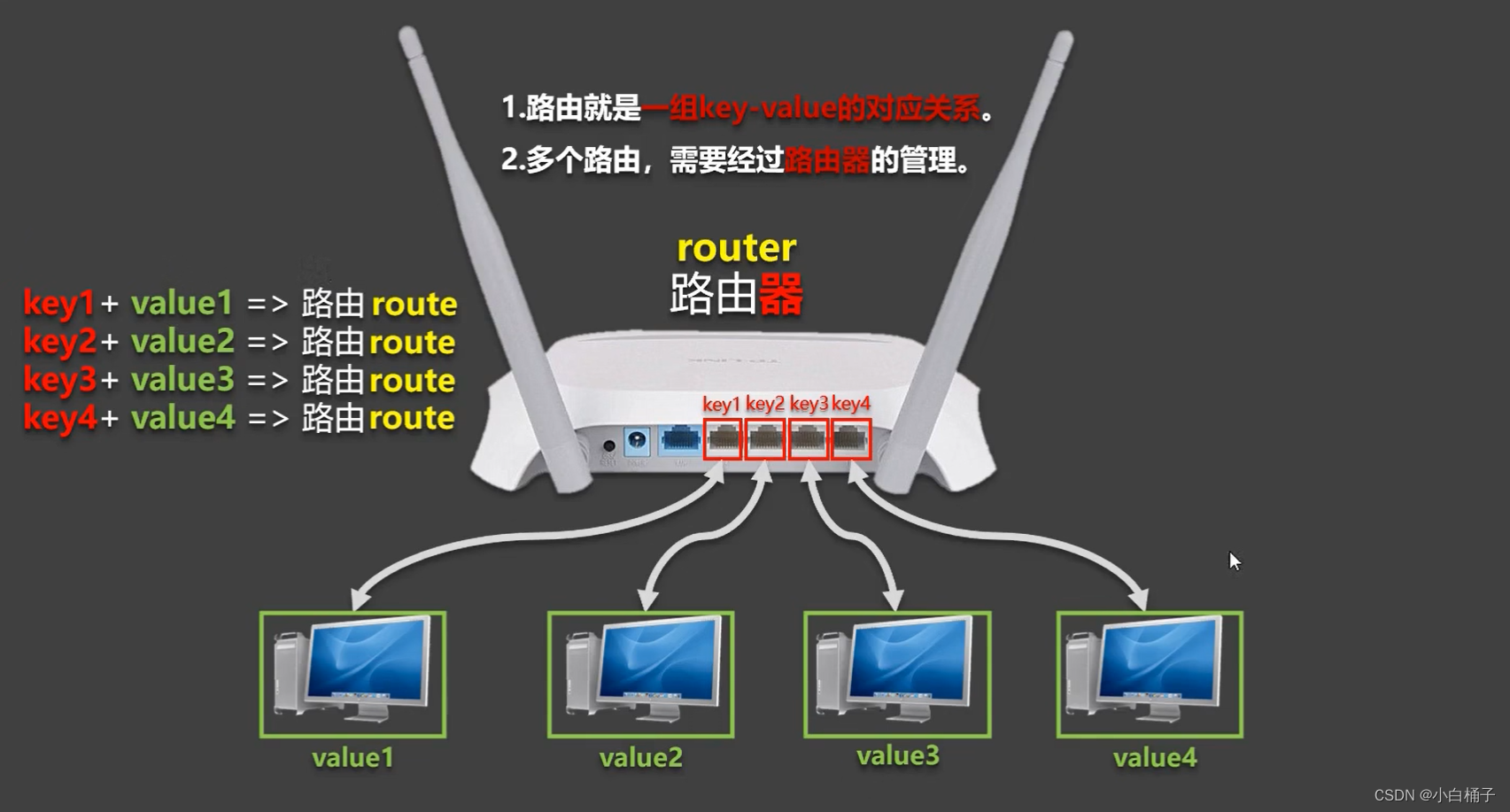
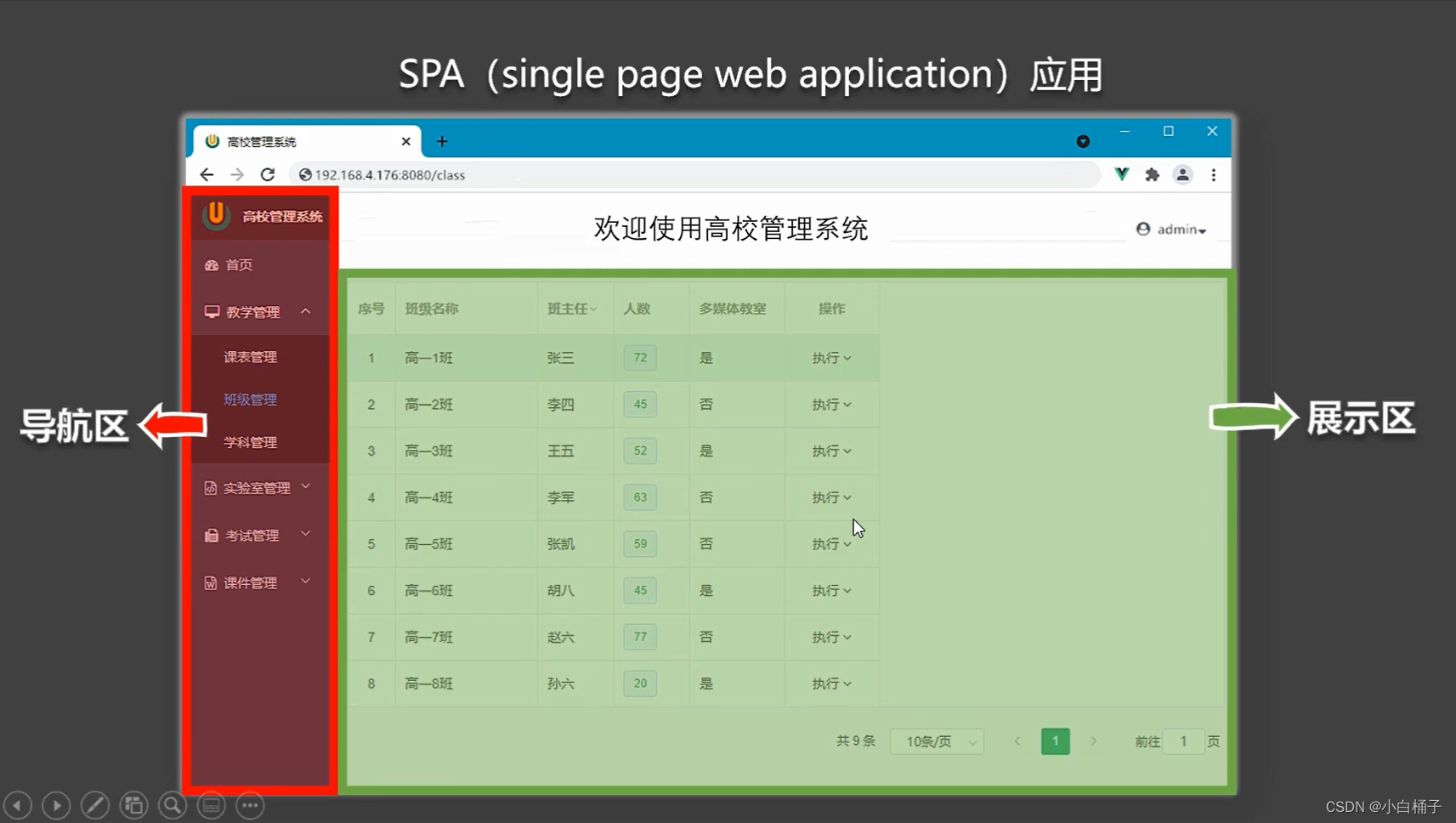
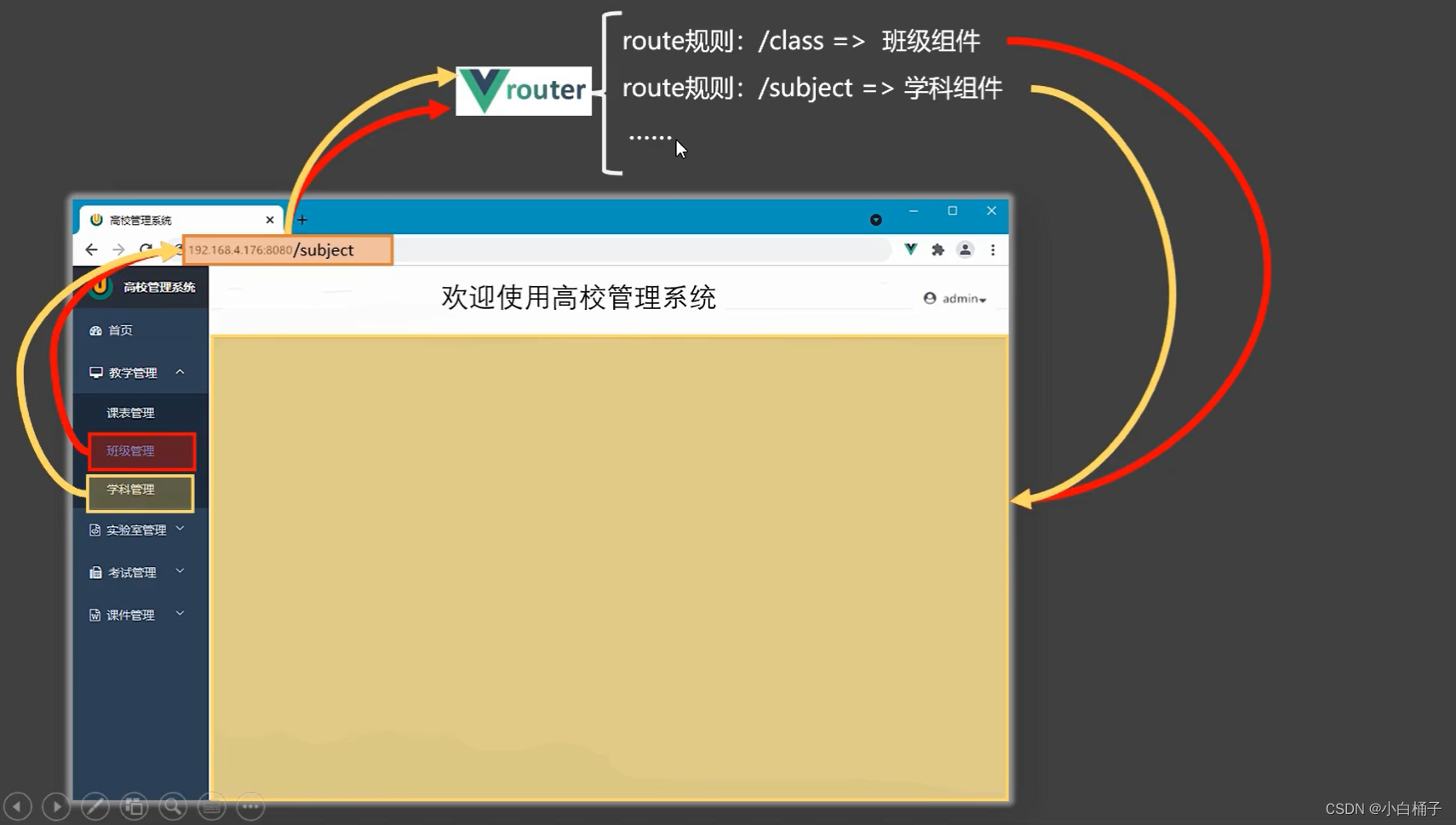
老师总结:
1.vue-router的理解:
vue的一个插件库,专门用来实现SPA应用。
2.对SPA应用的理解:
(1)单页Web应用(single page web application, SPA)。
(2)整个应用只有一个完整的页面。
(3) 点击页面中的导航链接不会刷新页面,只会做页面的局部更新。
(4)数据需要通过 ajax 请求获取。
3.路由的理解:
(1)什么是路由?
① 一个路由就是一组映射关系(key - value)
② key 为路径, value 可能是 function 或 componen
(2)路由分类
① 后端路由:
1)理解:value 是 function, 用于处理客户端提交的请求。
2)工作过程:服务器接收到一个请求时, 根据请求路径找到匹配的函数来处理请求, 返回响应数据。
② 前端路由:
1)理解:value 是 component,用于展示页面内容。
2)工作过程:当浏览器的路径改变时, 对应的组件就会显示。
(important!从这节开始,路由系列一般不贴代码,老师的笔记里做法部分的代码写的很全,再贴代码就有点冗余了)
- P118 - 路由基本使用
课堂笔记:
(1)Vuex安装指令:npm i vue-router@3
(如果直接npm i vue-router,那么安装的是vue-router4,只能在Vue3中使用)
(2)router-link标签最终转换到页面上就是a标签。
老师总结:
路由
理解:一个路由(route)就是一组映射关系(key - value),多个路由需要路由器(router)进行管理。
前端路由:key是路径,value是组件。
1.基本使用:
(1)安装vue-router,命令:npm i vue-router
(2)应用插件:Vue.use(VueRouter)
(3)编写router配置项:
// 引入VueRouter
import VueRouter from "vue-router";
// 引入路由组件
import About from '../components/About'
import Home from '../components/Home'// 创建router实例对象,去管理一组一组的路由规则
const router = new VueRouter({routes:[{path:'/about',component:About},{path:'/home',component:Home}]
})
// 暴露router
expot default router(4)实现切换(active-class可配置高亮样式)
<router-link active-class="active" to="/about">About</router-link>(5)指定展示位置
<router-view></router-view>- P119 - 几个注意点
老师总结:
2.几个注意点
(1)路由组件通常存放在pages文件夹,一般组件通常存放在components文件夹。
(2)通过切换,“隐藏”了的路由组件,默认是被销毁掉的,需要的时候再去挂载。
(3)每个组件都有自己的$route属性,里面存储着自己的路由信息。
(4)整个应用中只有一个router,可以通过组件的$router属性获取到。
- P120 - 嵌套路由
老师总结:
3.多级路由
(1)配置路由规则,使用children配置项:
routes:[{path:'/about',component:About},{path:'/home',component:Home,children:[ //通过children配置子级路由{path:'news', //此处一定不要写‘/news’component:News,},{path:'message', //此处一定不要写‘/message’component:Message,}]}
](2)跳转(要写完整路径):
<router-link to="/home/news">News</router-link>P121-130:
- P121 - 路由的query参数
课堂笔记:
(老师写了,但是视频没放出来,也没找到这个课件,所以我自己总结了一下)
路由的query参数
(1)作用:跳转的时候传递参数
(2)如何使用:
①跳转路由并携带query参数,有两种写法:
<!-- 跳转路由并携带query参数,to的字符串写法 -->
<router-link :to="`/home/message/detail?id=${m.id}&title=${m.title}`">{{m.title}}</router-link><!-- 跳转路由并携带query参数,to的对象写法 -->
<router-link :to="{path:'/home/message/detail',query:{id:m.id,title:m.title}
}">{{m.title}}
</router-link>②用$route.query接收参数:
<li>消息编号:{{$route.query.id}}</li>
<li>消息标题:{{$route.query.title}}</li>- P122 - 命名路由
老师总结:
5.命名路由
(1)作用:可以简化路由的跳转。
(2)如何使用:
①给路由命名:
{path:'/demo',component:Demo,children:[{path:'test',component:Test,children:[{name:'hello',path:'detail',component:Detail,}]}]
}②简化跳转:
<!-- 简化前,需要写完整的路径 -->
<router-link to="demo/test/welcome">跳转</router-link><!-- 简化后,直接通过名字跳转 -->
<router-link :to="{name:'hello'}">跳转</router-link><!-- 简化写法配合传递参数 -->
<router-link :to="{name:'hello',query:{id:666,title:'你好' }}"
>跳转</router-link>- P123 - 路由的params参数
老师总结:
6.路由的params参数
(1)配置路由,声明接收params参数
{path:'/home',component:Home,children:[{path:'news',component:News,},{path:'message',component:Message,children:[{name:'xiangqing',path:'detail/:id/:title', //使用占位符声明接收params参数component:Detail,}]}]
}(2)传递参数
<!-- 跳转路由并携带params参数,to的字符串写法 -->
<router-link :to="`/home/message/detail/666/你好`">{{m.title}}</router-link><!-- 跳转路由并携带params参数,to的对象写法 -->
<router-link :to="{name:'xiangqing',params:{id:666,title:'你好'}
}">{{m.title}}
</router-link>特别注意:路由携带params参数时,若使用to的对象写法,则不能使用path配置项,必须使用name配置!
(3)接收参数
$route.params.id
$route.params.title- P124 - 路由的props配置
老师总结:
7.路由的props配置
作用:让路由组件更方便的收到参数
{name:'xiangqing',path:'detail',component:Detail,// props的第一种写法,值为对象,该对象中的所有key-value都会以props的形式传给Detail组件// props:{a:1,b:'hello'}// props的第二种写法,值为布尔值,若布尔值为真,就会把该路由组件收到的所有params参数,以props的形式传给Detail组件// props:true// props的第三种写法,值为函数,该函数返回的对象中每一组key-value都会通过props传给Detail组件props({$route}){return {id:$route.query.id,title:$route.query.title}}
}- P125 - router-link的replace属性
老师总结:
8. router-link的replace属性
(1)作用:控制路由跳转时操作浏览器历史记录的模式
(2)浏览器的历史记录有两种写入方式,分别为push和replace,push是追加历史记录,replace是替换当前记录。路由跳转时候默认为push。
(3)如何开启replace模式:
<router-link replace ...... >News</router-link>- P126 - 编程式路由导航
老师总结:
9.编程式路由导航
(1)作用:不借助router-link实现路由跳转,让路由跳转更加灵活
(2)具体编码:
//$routere的两个API
this.$router.push({name:'xiangqing',params:{id:xxx,title:xxx }
})this.$router.replace({name:'xiangqing',params:{id:xxx,title:xxx }
})this.$router.forward() //前进
this.$router.back() //后退
this.$router.go(3) //可前进也可后退- P127 - 缓存路由组件
老师总结:
10.缓存路由组件
(1)作用:让不展示的路由组件保持挂载,不被销毁。
(2)具体编码:
<!-- 缓存多个路由组件 -->
<keep-alive :include="['News','Message']"><router-view></router-view>
</keep-alive><!-- 缓存一个路由组件 -->
<keep-alive include="News"><router-view></router-view>
</keep-alive>- P128 - 两个新的生命周期钩子
课堂笔记:
(1)$nextTick(真实DOM出来之后再回调,回顾P90)和activated、deactivated是生命周期中不在图中的剩下三个。
老师总结:
11.两个新的生命周期钩子
(1)作用:路由组件所独有的两个钩子,用于捕获路由组件的激活状态。
(2)具体名字:
① activated 路由组件被激活时触发。
② deactivated 路由组件失活时触发。
- P129 - 全局前置_路由守卫
无(老师总结和P130整合在一起)
- P130 - 全局后置_路由守卫
课堂笔记:
(1)$route中的meta:路由元信息。
老师总结:
12.路由守卫
(1)作用:对路由进行权限控制
(2)分类:全局守卫、独享守卫、组件内守卫
(3)全局守卫:
// 全局前置路由守卫——初始化时执行、每次路由切换前被调用
router.beforeEach((to,from,next) => {console.log('beforeEach',to,from)if(to.meta.isAuth){ //判断当前路由是否需要进行权限控制if(localStorage.getItem('school')==='atguigu'){ //权限控制的具体规则next() //放行}else{alert('暂无权限查看')// next({name:'guanyu'})}}else{next() //放行}
})// 全局后置路由守卫——初始化时执行、每次路由切换之后被调用
router.afterEach((to,from) => {console.log('afterEach',to,from)if(to.meta.title){document.title = to.meta.title //修改网页的title }else{document.title = 'vue_test' }})P131-135:
- P131 - 独享路由守卫
老师总结:
(4)独享守卫:
beforeEnter:(to, from, next) => {console.log('beforeEnter',to, from)if(to.meta.isAuth){ //判断当前路由是否需要进行权限控制if(localStorage.getItem('school')==='atguigu'){next()}else{alert('学校名不对,没有查看权限!')}}else{next()}
}- P132 - 组件内路由守卫
老师总结:
(5)组件内守卫:
// 进入守卫:通过路由规则,进入该组件时被调用
beforeRouteEnter (to, from, next){
},
// 离开守卫:通过路由规则,离开该组件时被调用
beforeRouteLeave (to, from, next){
},- P133 - history模式与hash模式
课堂笔记:
(1)哈希值(如 http://localhost:8080/#/home/message 中的 #/home/message 就是哈希值)最大的特点就是,不会随着http请求发送给服务器。
(2)打包指令:npm run build
(生成的东西需要放到服务器中部署才能用。)
(3)课中的nodeJS的express(仅了解不需要掌握),可以看这个:NodeJS之Express基础_不起眼的皮皮虾的博客-CSDN博客_express nodejs
(4)中间件 connect-history-api-fallback
安装指令:npm i connect-history-api-fallback
后端引入(必须得在静态资源前引入)调用:
const history = require('npm i connect-history-api-fallback');
......
app.use(history())(5)nginx也可以实现,起到中间代理作用(仅了解)。
老师总结:
13.路由器的两种工作模式
(1)对于一个url来说,什么是hash值?——#及其后面的内容就是hash值。
(2)hash值不会包含在HTTP请求中,即:hash值不会带给服务器。
(3)hash模式:
①地址中永远带着#号,不美观。
②若以后将地址通过第三方手机app分享,若app校验严格,则地址会被标记为不合法。
③兼容性较好。
(4)history模式:
①地址干净,美观。
②兼容性和hash模式相比略差。
③应用部署上线时需要后端人员支持,解决刷新页面服务端404的问题。
- P134 - element-ui基本使用
课堂笔记:
(1)安装指令:npm i element-ui -S
老师总结:
Vue UI组件库
1.移动端常用 UI 组件库
(1)Vant Vant 3 - Mobile UI Components built on Vue
(2)Cube UI cube-ui Document
(3)Mint UI Mint UI
2.PC 端常用 UI 组件库
(1)Element UI Element - The world's most popular Vue UI framework
(2)IView UI iView / View Design 一套企业级 UI 组件库和前端解决方案
本节部分代码:
main.js页面:
// 引入Vue
import Vue from 'vue'
// 引入App
import App from './App.vue'// 完整引入
// 引入ElementUI组件库
import ElementUI from 'element-ui'
// 引入ElementUI全部样式
import 'element-ui/lib/theme-chalk/index.css'
// 关闭Vue的生产提示
Vue.config.productionTip = false
// 应用ElementUI
Vue.use(ElementUI)// 创建vm
new Vue({el:'#app',render: h => h(App),
})- P135 - element-ui按需引入
课堂笔记:
(1)按需引入指令:npm install babel-plugin-component -D
(npm xxx -D 代表着安装开发依赖。)
(2)报错解决:
如果报 not found ’xxx' 的错,那就在指令中输入: npm i xxx
如果是跟老师一样的问题,那需要在babel.config.js页面的presets配置项中,将原先的 es2015 修改成 @babel/preset-env
~ ❀ ✿ ~ Vue2.0 完 结 撒 花 ~ ✿ ❀ ~
——————————————————————————————————————
——————————————原创不易,转载请声明——————————————

